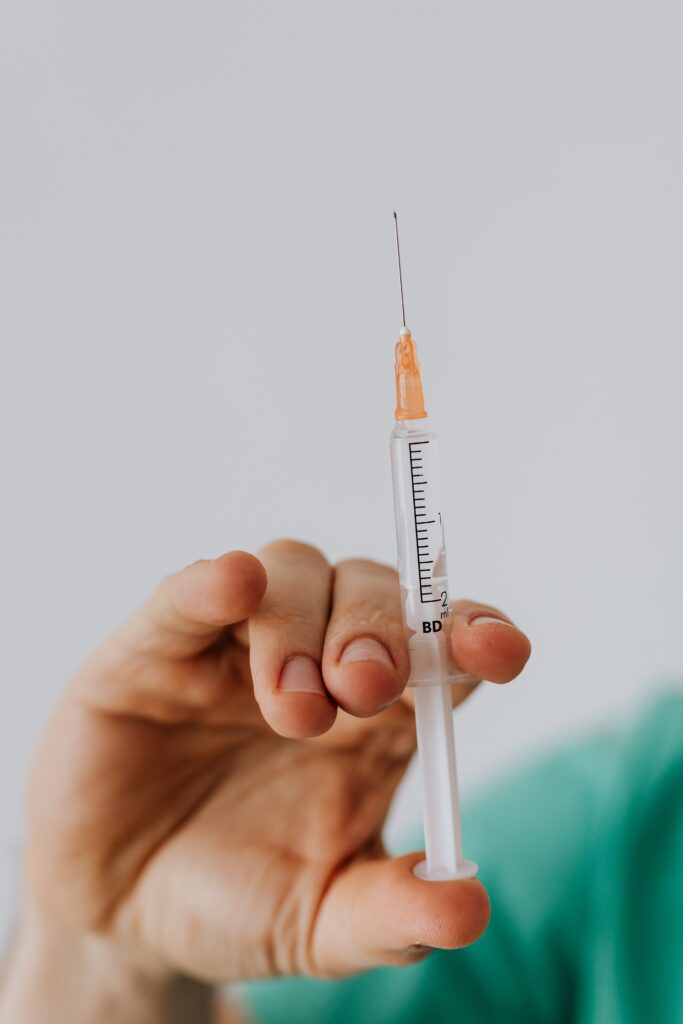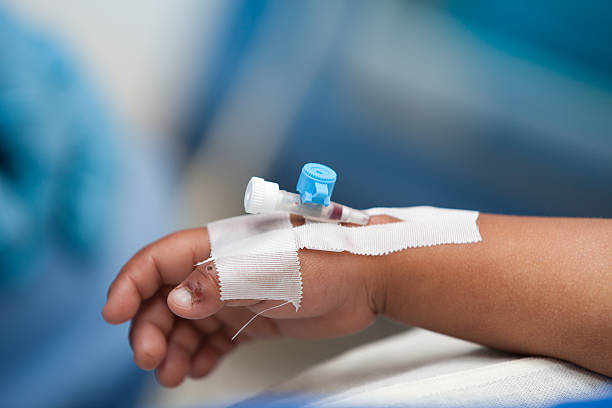What is TRT and How Do I Know When I Need to Replace My Testosterone?

Dr. Fidel Garcia
Founder of Casa Health
One of the most frequent issues I hear from my male patients is around low testosterone levels and testosterone replacement therapy. As they become older, many men see their testosterone levels drop, which can cause a number of symptoms like diminished sex drive, weariness, weight gain, and loss of muscular mass. In general, men say things like, “I don’t feel like my old self.” The most common treatment for this is testosterone replacement medication, which is also known as “low T.” (TRT).
To be clear, TRT is not a one-size-fits-all treatment and should only be applied under the guidance of a licensed healthcare professional. I’ll give a general review of TRT in this blog, including the regulations governing its usage, the people who can prescribe it, the length of time it takes to have an effect, the reasons someone might want to replace their testosterone, and the methods for raising testosterone levels.
Testosterone Replacement Therapy: What Is It?
Testosterone replacement therapy (TRT) is used to raise testosterone levels in men who have low amounts of the hormone. TRT can be applied through injections, gels, patches, pellets, and other means of administration.
There are a number of reasons a man would decide to get TRT. Low testosterone levels can cause weariness, a reduction in sex desire, weight gain, and a loss of muscle mass. In some situations, illnesses like osteoporosis, depression, and diabetes can all be attributed to low testosterone levels.
TRT can alleviate these symptoms by raising the body’s testosterone levels. This may result in enhanced sex desire, greater bone density, and an increase in muscular mass. It’s crucial to remember that TRT is not a panacea and may not be suitable for many men.
When Should I Consider TRT and What Is The Typical Range?
Depending on age and sex, the typical range of testosterone levels vary. Normal testosterone concentrations in adult men range from 300 to 1000 nanograms per deciliter (ng/dL). Nonetheless, testosterone levels normally decrease with age, declining by about 1% annually beyond the age of 30. As a result, a level that could be deemed normal for a 20-year-old might be low for a 50-year-old.
In general, males with testosterone levels below 300 ng/dL and symptoms of low testosterone, such as decreased sex drive, erectile dysfunction, fatigue, and muscle loss, may benefit from testosterone replacement treatment (TRT). However, the choice to begin TRT should only be made after a careful examination of a person’s symptoms, medical history, and general health.
It’s also important to note that some men are in the “normal range”, but would be eligible for TRT. For example, if someone’s normal level was 1000, then if they dropped to 500, they would feel the effects of that. Even though they are still in the “normal” range, this is not their normal.
Regulations for Testosterone Replacement Treatment
The classification of testosterone as a restricted substance in the US means that its usage and distribution are governed by stringent laws. This means that TRT can only be obtained through a licensed pharmacy and that a licensed healthcare physician must write the prescription.
Also, the patient’s use of TRT needs to be closely watched to make sure no unfavorable side effects, including a rise in PSA levels or a red blood cell count increase, are occurring.
Who is authorized to prescribe testosterone replacement therapy?
TRT can only be prescribed by a licensed medical professional, like a doctor or nurse practitioner. To ascertain whether the patient has low testosterone levels, these healthcare professionals frequently do a physical examination and request blood testing.
TRT may be suggested as a therapy option if the patient is determined to have low testosterone levels. The healthcare professional will next decide on the proper TRT dose and delivery strategy.
It’s important to note that black market TRT is readily available, but not advisable for usage. Without proper blood work, ongoing review, and evaluation of the total patient, self TRT can be highly problematic and cause serious unwanted side effects.
How long does testosterone replacement therapy take to have an effect?
Depending on the person and the delivery technique, TRT can take different amounts of time to have an effect. The quickest benefits are usually seen with injections and pellets, with patients frequently noticing an improvement in symptoms within a few weeks.
Gels and patches could take longer to work, and patients might need to use the medication for a few weeks before they start to feel better.
It is crucial to remember that TRT is not a quick treatment and that it can take several months to see real results. In order to maximize its efficiency, TRT should be combined with a healthy lifestyle that includes consistent exercise and a well-balanced diet.
Options to Raise Testosterone Levels
TRT can be administered using a variety of techniques. These are the most popular techniques:

- Injections: The most popular type of TRT is testosterone injections. The injections are frequently administered into the muscle, with the buttocks, thigh, or upper arm being the most popular locations. Injections of testosterone are typically given every two to four weeks. Injections offer the advantages of being affordable and having a long-lasting effect. Cons include the possibility of pain and the necessity of repeated injections, which some people may find bothersome.
- Patches: Testosterone patches are placed on the skin directly, usually on the upper arms, thighs, or belly. Every day or every few days, they are modified. When applied to the skin, testosterone patches gradually deliver testosterone continuously. Patches have the advantages of being simple to apply and not requiring frequent injections. Cons include the possibility of skin irritation and a potential lack of effectiveness compared to injections.
- One time each day, testosterone gels are applied to the skin topically, typically on the shoulders, upper arms, or abdomen. They enter the bloodstream via passing through the skin. The body absorbs testosterone gels that have been administered to the skin. Gels have the advantages of being simple to use and not requiring frequent injections, but they may not be as effective as injections, and they can be pricey.
- Little, rice-sized pellets called testosterone pellets are injected beneath the skin, usually in the buttocks or abdomen. Over a period of three to six months, the testosterone release from the pellets is gradual. Pellets have the advantage of releasing testosterone consistently and only need insertion every few months. Cons include the need for a quick surgical procedure to place them and the possibility that insurance won’t pay for them.
- Nasal gels: When sprayed into the nostrils, testosterone nasal gels are absorbed through the nasal lining. Three times a day is usually when they are used.
It is crucial to remember that TRT must always be carefully supervised and recommended by a qualified medical specialist. TRT has a number of advantages, but it also carries some dangers and side effects. Consequently, it’s crucial to consult with a skilled medical professional who can decide if TRT is the proper treatment for you, as well as who can keep track of your progress and make adjustments as needed.
If you’re interested in a consultation to evaluate your TRT options, please call, email or schedule an appointment to get started.



